For decades, varieties developed from species native to Argentina appeared in the flowers and ornamentals world market. As examples, we can mention Petunia, Alstroemeria, Calceolaria and Glandularia, among many other species.
by Daniel E. Morisigue and Gabriela Facciuto
For more than 15 years the Floriculture Institute of INTA (National Institute of Agricultural Technology) has been developing ornamental varieties from Argentine native species. It is one of the first experiences of variety development with native species from the area of origin of those species.
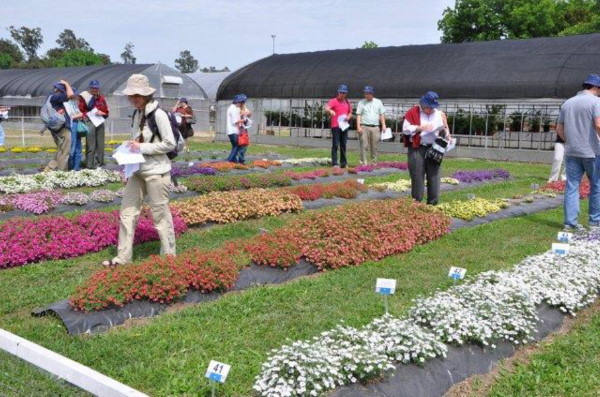
The Institute Field Trial
The process involves germplasm collection, characterization, domestication, breeding, technical aspect of crops production and market introduction of varieties developed.
As result of this research, we developed a new crop from the genus Mecardonia and obtained two varieties: 'Yellow Chrosite' to the Japan market and 'Magic Carpet' to the United States and Canada markets. These varieties have been noted for their good behavior in terms of constant and even growth and flowering throughout the summer, in full sun, especially at high temperatures.
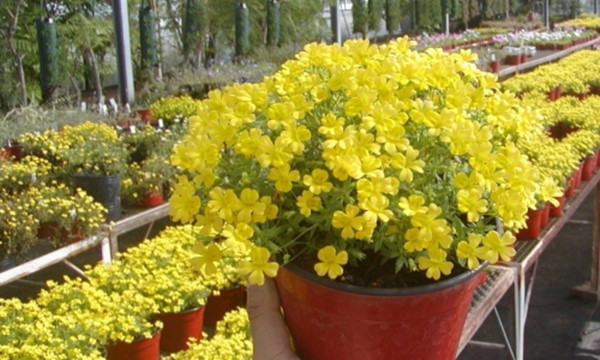
Mecardonia
Also, we registered more than 20 ornamentals varieties in Argentina of the genera Mecardonia, Calibrachoa, Handroanthus, Tecoma, Glandularia, Alstroemeria, Nierembergia and fern species such as Phlebodium, Micrograma, Asplenium, and Niphidium. Moreover, we are studying Argentine native species with low water consumption or water stress resistance such as Portulaca, Senecio, Halophytum, Sclerophilax, Stemodia and Gomphrena, to use in sustainable green roof.
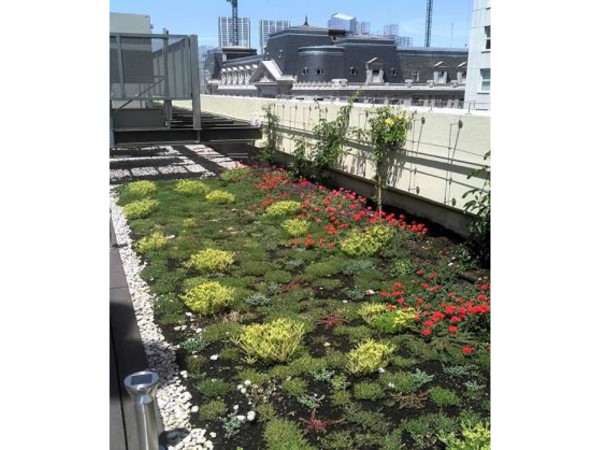
Green roof species
In addition, the Floriculture Institute has made agreements with the provinces where native species are originated, to carry out the aforementioned work, following the general objectives of the Convention on Biological Diversity (CBD), such as the conservation of biodiversity, the sustainable use of its components and the fair and equitable sharing of the benefits resulting from the use of genetic resources, these latter aspects especially contemplated in Nagoya Protocol. The provinces have the authority to access and use genetic resources, according to the Constitution of Argentina.
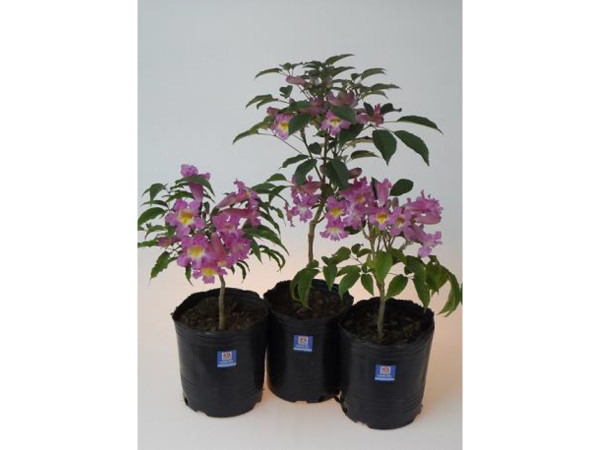
Handroanthus
On the other hand, research and development agreements with the main ornamental seed companies are being developed to introduce the varieties in the global market. It involves not only the access and use of the species, but also the recognition of their origin and the payment of royalties to INTA and the provinces where the native species come from, for their commercialization.
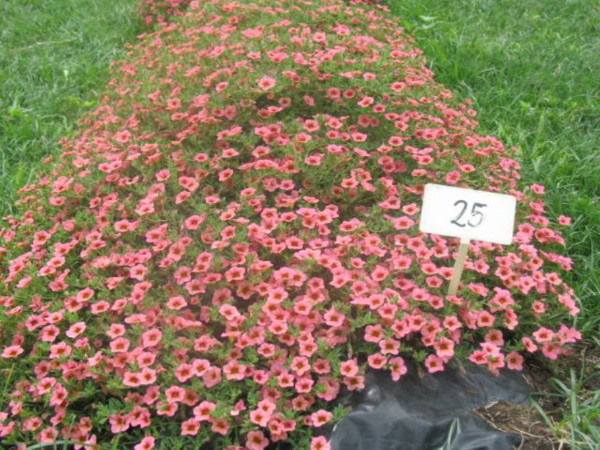
Calibrachoa
This case is a concrete reality of compliance with the CBD objectives, which allow the protection of the constitutional Argentinian provinces law, in terms of their domain over the natural resources and the future distribution of benefits, as well as, the recognition of the research and development works of INTA.
This witness case of research and development of ornamental varieties in the country of origin of genetic resources, according to the objectives of the CBD, has been documented by UPOV (The International Union for the Protection of New Varieties of Plants), which has financed a video describing it:
For more information:
Agr. Eng. Daniel E. Morisigue
Director Institute of Floriculture, INTA
morisigue.daniel@inta.gob.ar
Dra. Gabriela Facciuto
Coordinator of Breeding Group
facciuto.gabriela@inta.gob.ar
inta.gob.ar/floricultura
facebook.com/Instituto.de.Floricultura.INTA
